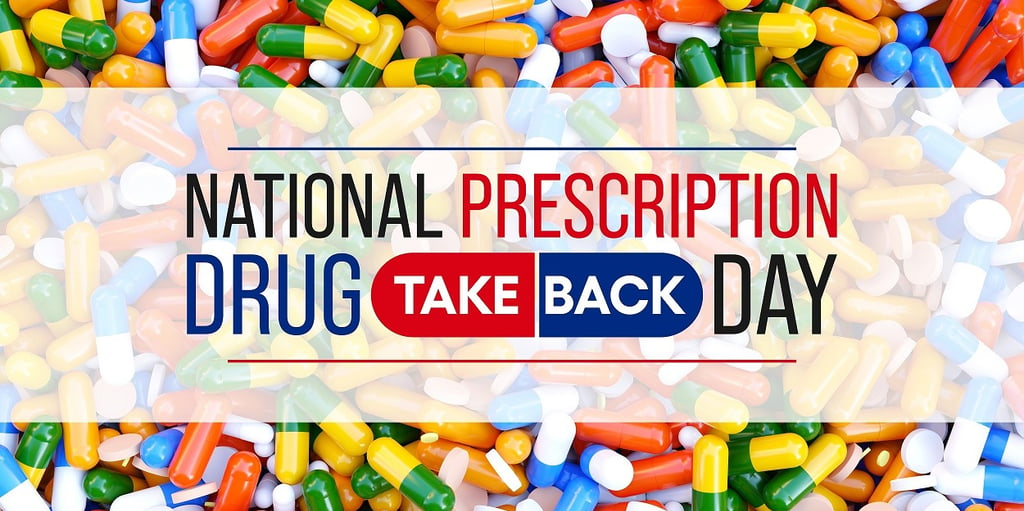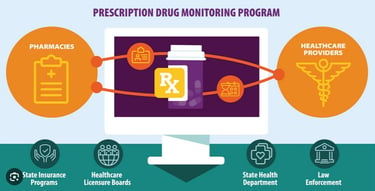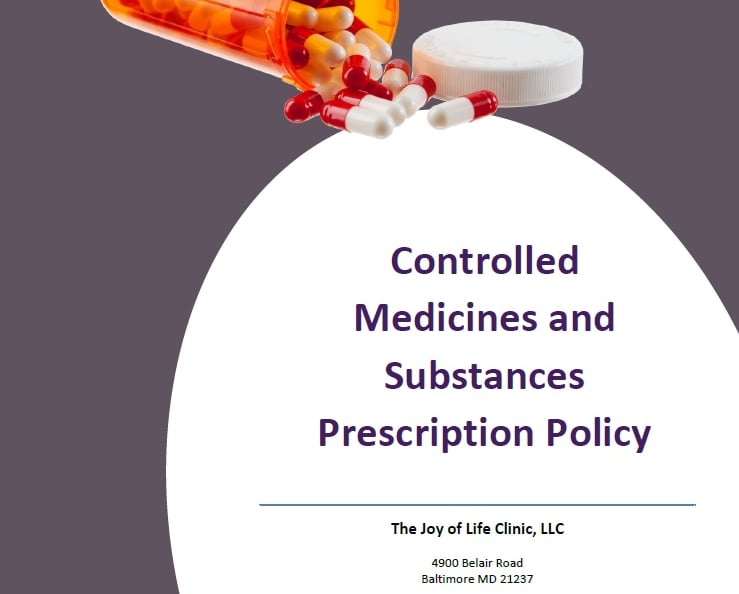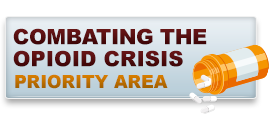
Who We Are
Schedule II Drugs
Schedule II drugs, substances, or chemicals are controlled drugs that may be medically necessary but with the following characteristics:
Potential for abuse: HIGH
Potential for severe psychological or physical dependence: HIGH
These drugs are also considered dangerous.
Some examples of Schedule II drugs are:
Hydrocodone (In combination with Acetaminophen, Aspirin, Chlorpheniramine [antihistamine], Ibuprofen, Pseudoephedrine [decongestant] products with less than 15 milligrams of hydrocodone per dosage unit)
Cocaine
Methamphetamine
Methadone
Hydromorphone (Dilaudid)
Meperidine (Demerol)
Oxycodone (OxyContin)
Fentanyl
Dexedrine
Adderal, and
Ritalin.
The above list is not exhaustive. There are numerous other substances that fall or could fall under Schedule II.
Our policy regarding Schedule II Drugs:
Per regulation, WE CAN prescribe, dispense, or administer these drugs Schedule II drugs for medical needs and under the right conditions.
Possible side effects of some Schedule II Drugs and Substances:
Here are some of the side effects associated with a few Schedule II drugs:
Hydrocodone: Side effects can include pain relief, euphoria, constipation, nausea, vomiting, dizziness, drowsiness, confusion, and depression. Long-term use can lead to addiction and breathing problems.
Cocaine: Use can lead to intense euphoria, energy, and alertness, but also anxiety, paranoia, restlessness, irritability, and sensitivity to sound, light, and touch. Long-term effects include nasal damage (if snorted), heart problems, stroke, lung damage (if smoked), and mood problems.
Methamphetamine: Side effects include increased wakefulness and physical activity, decreased appetite, rapid heart rate, irregular heartbeat, and increased blood pressure. Long-term use can lead to extreme weight loss, dental problems ("meth mouth"), skin sores, and an increased risk of infectious diseases.
Methadone: While used to treat opioid dependence and chronic pain, it can cause respiratory depression, sedation, nausea, vomiting, increased sweating, and constipation. Long-term use carries the risk of addiction and heart rhythm problems.
Hydromorphone (Dilaudid): Side effects include pain relief, euphoria, drowsiness, confusion, constipation, nausea, and vomiting. There's also a high risk of respiratory depression and addiction with long-term use.
Meperidine (Demerol): This drug can cause mood changes, sedation, nausea, vomiting, and sweating. It has a high risk of dependency and, in large doses, can produce severe respiratory depression.
Oxycodone (OxyContin): Side effects include pain relief, euphoria, constipation, nausea, dizziness, drowsiness, and confusion. Long-term use can lead to addiction and overdose, potentially fatal.
Fentanyl: Significantly more potent than heroin, its side effects include extreme happiness, drowsiness, nausea, confusion, constipation, sedation, problems breathing, and unconsciousness. Fentanyl has a high risk of overdose and death, even in small quantities.
Dexedrine and Adderall (Amphetamines): These stimulants can increase focus and attention but can also cause insomnia, increased heart rate, euphoria, anxiety, increased blood pressure, and appetite loss. Long-term use can lead to addiction and heart problems.
Ritalin (Methylphenidate): Side effects include increased alertness, concentration, energy, insomnia, increased heart rate, elevated blood pressure, appetite loss, and anxiety. Long-term use may lead to dependency and withdrawal symptoms.
.
At the Joy of Life Clinic, we handle these medications carefully as they require careful management due to their high potential for abuse and dependence, highlighting the importance of medical supervision and adherence to prescribed dosages.
Got old pills lying around?


Drop them off at DEA's Rx Drug Take Back event! Safely dispose of unused meds, prevent abuse, and save lives. Find a location near you at www.DEATakeBack.com. Every pill counts!
Our Prescription Drug Monitoring Policy
Our policy follows the CDC's PDMP guidelines to reduce the risk of drug overdose.


About marijuana, and medicinal marijuana


The landscape of marijuana is rapidly changing, with national movements pushing for its legalization and its medical use showing remarkable outcomes in a host of treatments. Also, there's a growing perception that marijuana transcends the traditional label of a "drug" and is viewed instead as a beneficial ally in medical therapy and even for recreational use.
Despite these shifting attitudes and the positive embrace of medical marijuana, it's essential for our patients to understand our critical regulatory reality. Under DEA guidelines, we remain restricted from prescribing, dispensing, or administering any substance listed as a Schedule I drug, which includes marijuana. This legal boundary shapes our practice and the services we can offer, even amidst evolving societal and medical perspectives.
So, under DEA guidelines, we are unable to prescribe, dispense, or administer marijuana (or cannabis or its other names).

Psychiatric evaluation and management
Other psychiatric and mental health reports.
Substance Abuse
We also provide these administrative services
Here're addiction problems we treat
Other nutrition and weight management services.
And we provide nutrition and weight management services to make your well-being even more complete
Don't let life's challenges define you—or your loved one—we are here to help you overcome and thrive!
Here're psychosocial and psychosomatic issues we treat
We operate under the laws and regulations of the State of Maryland as a Maryland outpatient clinic.

Home | About Us | Our Services | Blog | Terms & Conditions | Privacy | Telehealth | Forms & Resources | Appointments | Log In | Site Map | Contact Us
BY APPOINTMENT ONLY | NO WALK-IN
BEST WAY TO CONTACT US
Sign In to your account or Fill out the Contact Form or Appointment Form
or
Send us an Email at admin@jolclinic.com
Tel: (410) 231-3118 | Fax: (410) 262-6911
PATIENT RECORDS
To request your patient records, please sign in or go to the patient records information page.
Copyright © 2024 by the Joy of Life Clinic LLC.
4900 Belair Road
Baltimore MD 21206




















